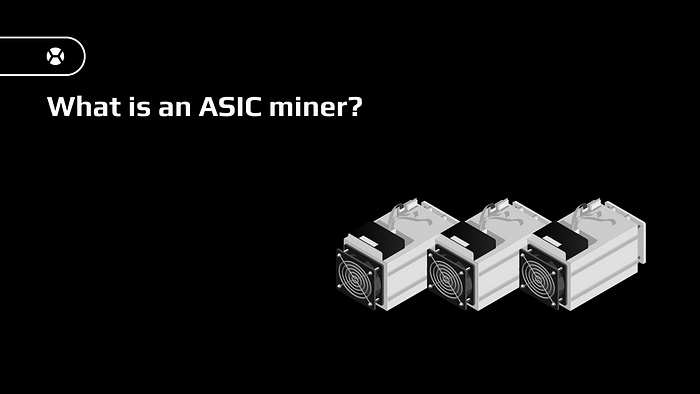
Let’s start with a basic question: what is ASIC mining? In very simplified terms, ASIC mining is the process of creating new crypto coins using specialized equipment (ASICs).
An ASIC (application-specific integrated circuit) is a computer chip designed for a specific task, such as crypto mining. ASICs are sold in hard cases with a cooler and a power supply, weighing 10–15 kg in total. The main brands include Antminer (Bitmain), Whatsminer (Synos), and Avalon (Canaan).
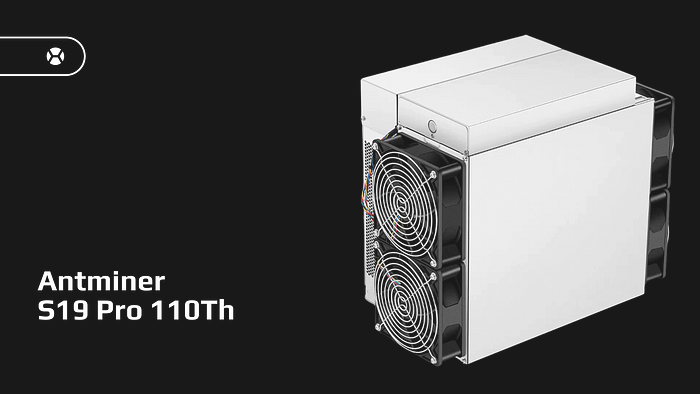
ASICs can be used to mine only Proof-of-Work cryptos (not Proof-of-Stake), and every device can mine using only one algorithm:
- SHA-256 (BTC, BCH, BSV)
- Scrypt (DOGE, LTC), etc.
- Ethash (ETC, ETH, previously ETH)
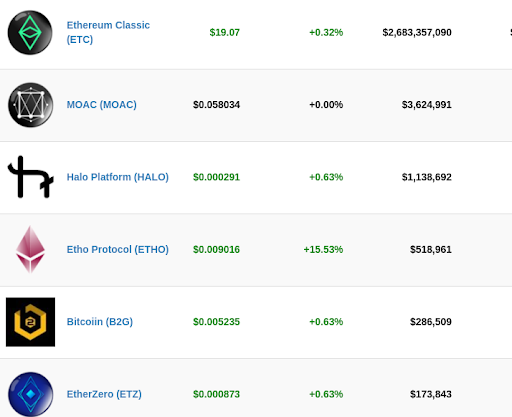
If you have an ASIC for SHA-256, you won’t be able to mine LTC or ETC, for example.
Advantages & disadvantages of ASIC miningAdvantages
- Can mine Bitcoin (virtually impossible with GPU);
- Energy efficient: a high hashrate per kilowatt-hour of energy used;
- Can join the biggest mining pools & benefit from their high success rate;
- Great for countries with cheap electricity.
- High price (from $1,700 for an Antminer T19);
- Difficult to buy good models in the secondary market;
- High electricity consumption & cooling costs;
- Can’t switch to a different algorithm (e.g. from BTC to LTC);
- At least 12 months to break even.
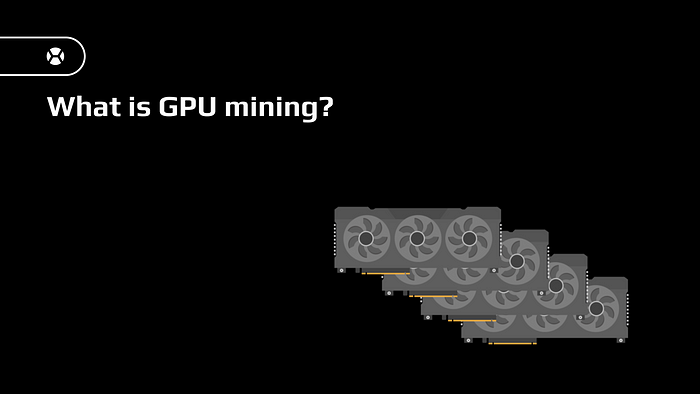
GPU mining is the process of creating new crypto coins using graphics cards (video adapters) — the same ones used for computer gaming. A GPU can perform lots of tasks depending on the software installed, so you can technically mine lots of PoW coins.
The main GPU brands are Nvidia GeForce & AMD Radeon. You can buy a decent mining GPU for $350–400 on eBay, though the most efficient ones can cost over $1,000
Advantages and disadvantages of GPU crypto miningAdvantages
- GPUs are cheaper than ASICs;
- Can switch to a more profitable algorithm;
- Can mine cryptos that are ASIC-resistant;
- GPUs can be easily sold or repurposed for gaming.
- Can’t mine BTC or join large pools;
- Much lower hashrate & energy efficiency (as GPUs weren’t designed for mining);
- Need at least several GPUs to earn any real income;
- GPU prices rise sharply when crypto prices grow.
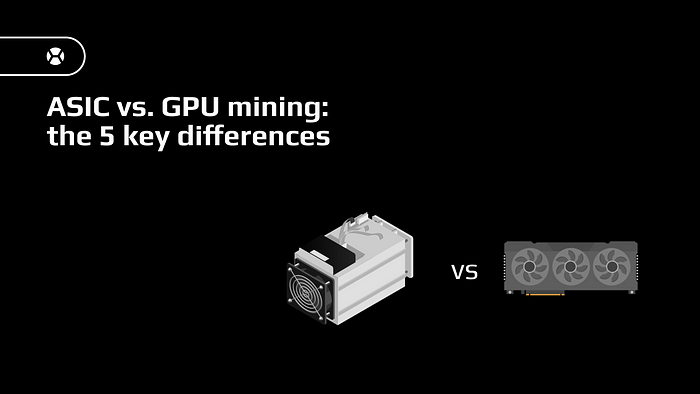 1. Hardware and setup
1. Hardware and setup
To mine with an ASIC, you’ll need a device that supports your chosen cryptocurrency (SHA-256 for Bitcoin etc.). You may also need a better power supply and a system to remove heat, plus a frame, a high-speed internet access, and a space to keep them, like a garage (because of the noise).
For a GPU rig, you’ll need several GPUs (because the income from a single one is tiny), a laptop. You can install a rig in your room and even use the heat from GPUs to keep yourself warm. Prepare to spend more time on maintenance with GPU vs. ASIC rigs, though.
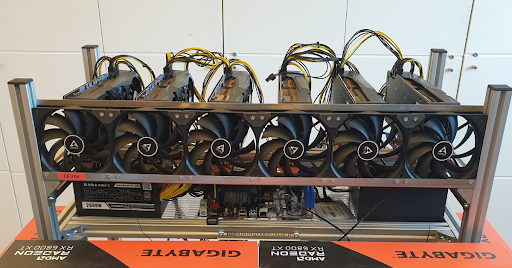
A budget GPU like AMD Radeon RX 5700 draws around 100–120 W of power, while an affordable ASIC like Antminer S19 Pro needs 3,250 W — 30 times more! However, this ASIC’s hashrate is 110 TH/s, vs. the GPU’s 50 MH/s (with Ethash) — that’s over two million times more for an ASIC miner vs. GPU mining. So per unit of hashrate, ASICs are vastly more power-efficient.
On the other hand, you may not be able to run an ASIC at home, because of the costs and the limitations imposed by the energy supplier. That’s why we created XIVE — a group mining solution that lets you earn BTC mining profits without buying any equipment.
3. Flexibility & versatilityYou can use the same GPU to mine dozens of cryptos with any algorithm (RVN, DOGE, ETC) — though only one at a time. When a certain algorithm becomes more profitable, you can switch to it. Don’t try to mine Bitcoin with a GPU, though: you’ll never earn anything because GPU hashrate is too low.
An ASIC can mine any coin that uses the algorithm that it was designed for, like SHA-256. For example, you can switch an Antminer from BTC to Bitcoin Cash. But the same ASIC can’t mine BTC and ETC.
4. ProfitabilityFor large cryptos, there is a huge gap in ASIC vs. GPU mining profitability (dollar per dollar) in favor of ASICs. That’s why professional farms use only ASICs. But as an individual with just one ASIC, you won’t have access to economy of scale and may never even reach profitability.
Looking at a mining profit calculator like WhatToMine , you’ll see that a $800 GPU will earn you no more than $0.65/day in May 2023 if you pay $0.10 per kilowatt-hour. That’s over 3 years to break even.
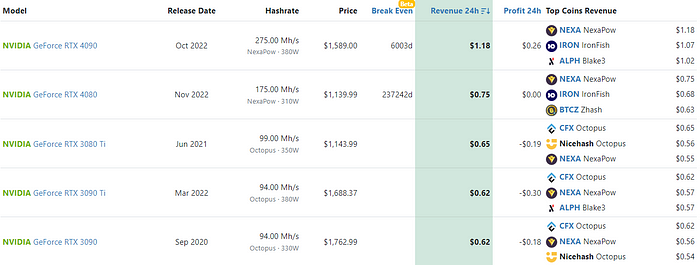
Mining puts a big strain on a graphics card, so you’ll need to replace GPUs every couple of years. This increases the fixed costs of a GPU rig.
An ASIC will keep working perfectly well for years, though it will become less profitable as new models with higher hashrates come out. So ASICs don’t burn out or break down, but they can become obsolete.
Choosing the right way to mine for your needs: ASIC vs. GPUFor a beginner, the best strategy is probably to join a group ASIC mining farm platform, such as XIVE . For as little as $30, you can join a working farm with new equipment. You’ll enjoy the profits and pay just a small hosting fee — with virtually no fixed costs.
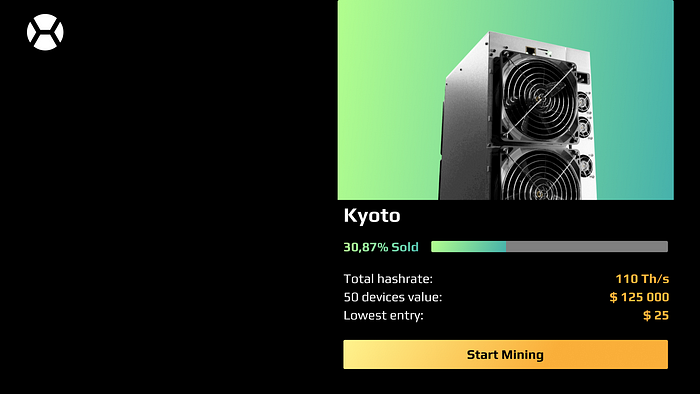
Buying an ASIC isn’t recommendable for regular users, as you may never reach payback. Consider this option only if you live in a location with energy prices below $0.05 per kWh.
GPUs aren’t a way to make easy money, either. It doesn’t make sense to spend $1,000 on a card to make less than $1 a day, unless you are passionate about the technology. Plus, a GPU can burn out before you break even, especially if you use overclocking to maximize the hashrate.
If you’d like to try crypto mining but aren’t ready to invest thousands of dollars, consider XIVE. Browse our active offers and start mining!
All information provided in this post is for informational purposes only and is not an investment recommendation guaranteeing future earnings. Cryptocurrency mining profitability depends on a variety of factors, including but not limited to: cryptocurrency market volatility, market prices of mining devices, electricity expenses, changes in regulation.